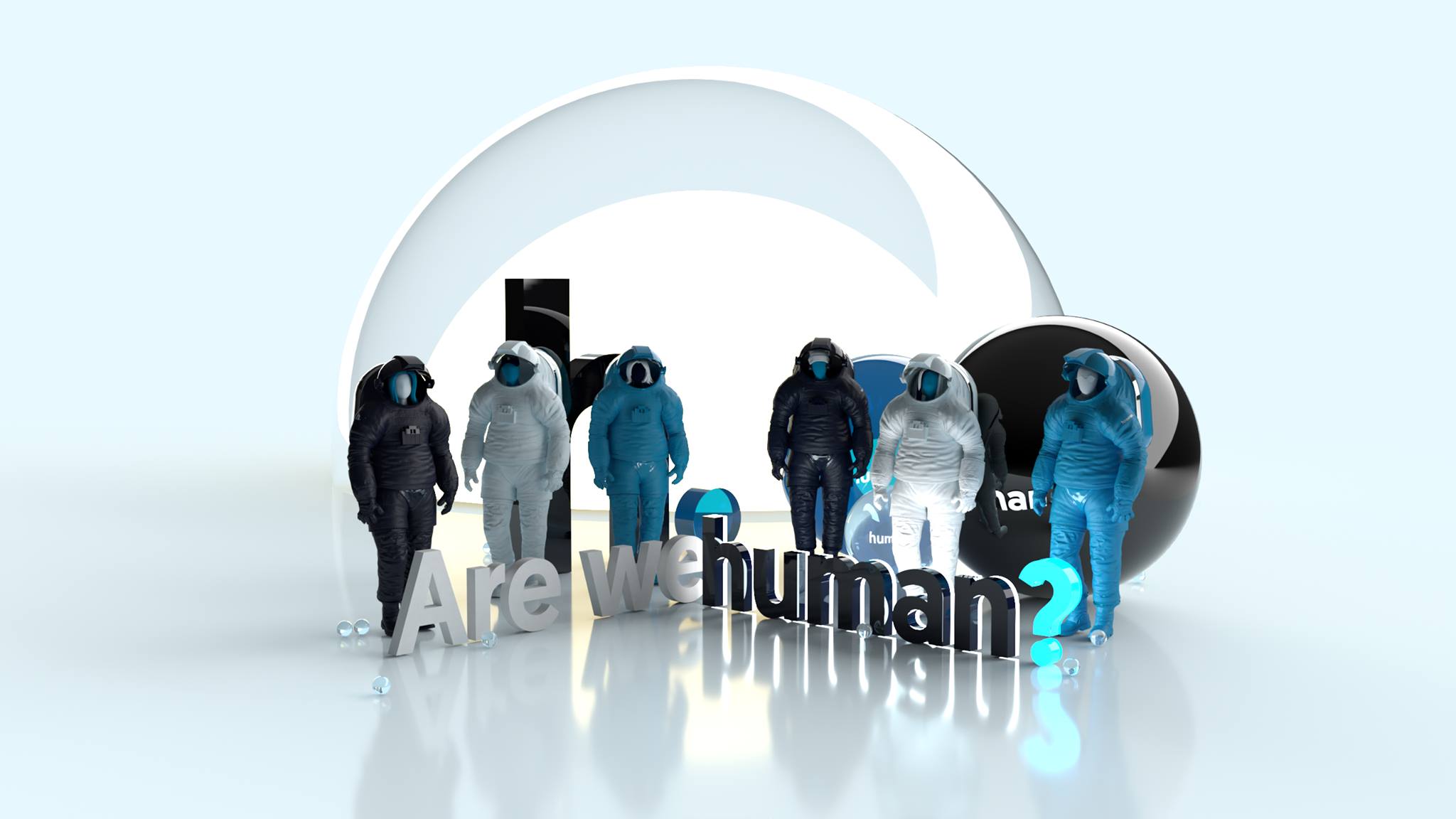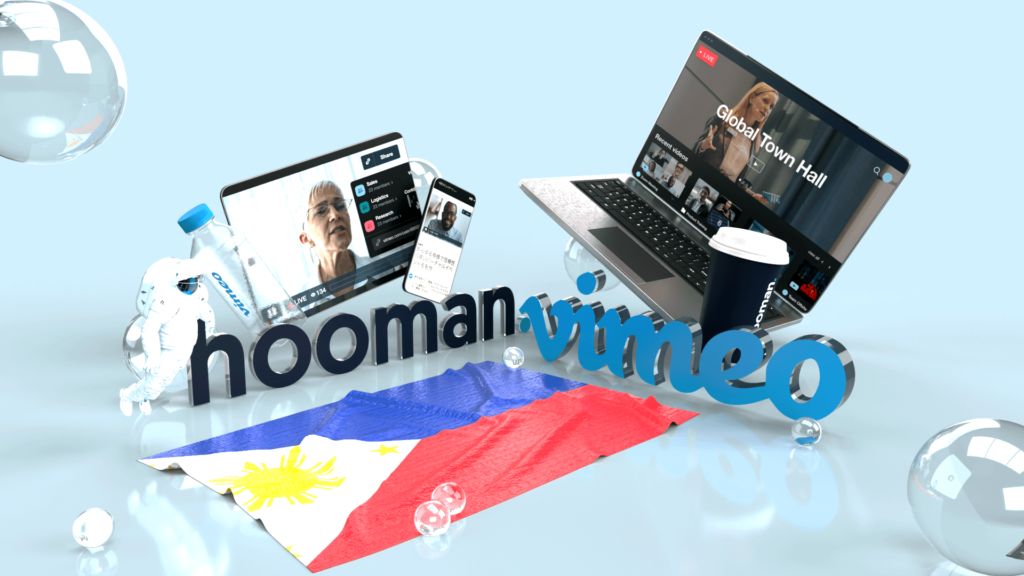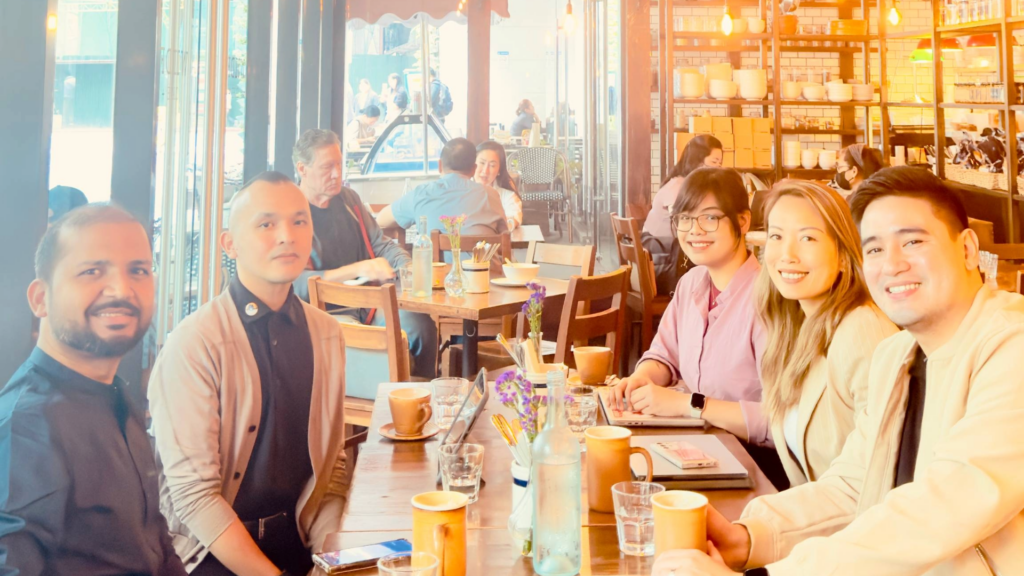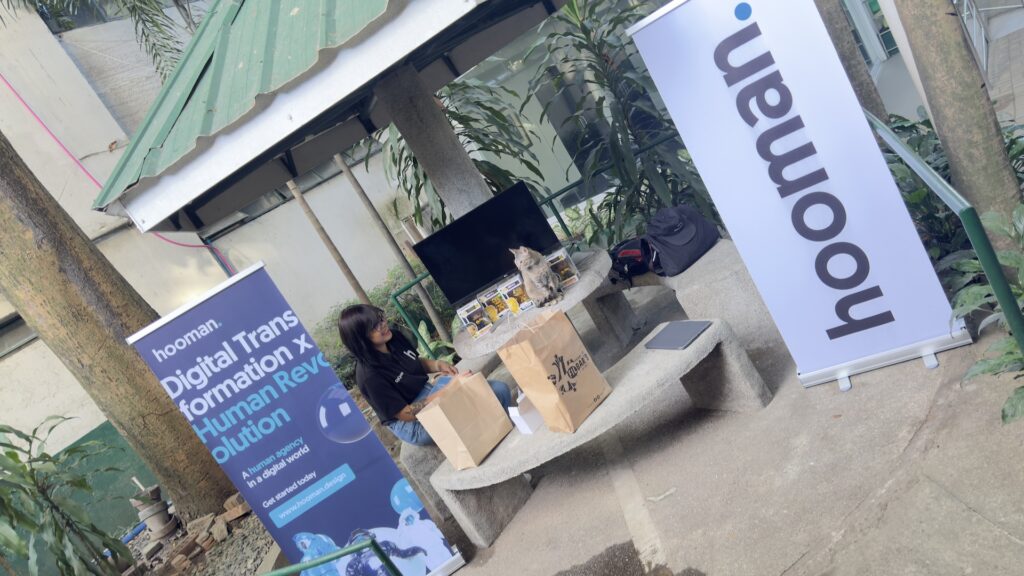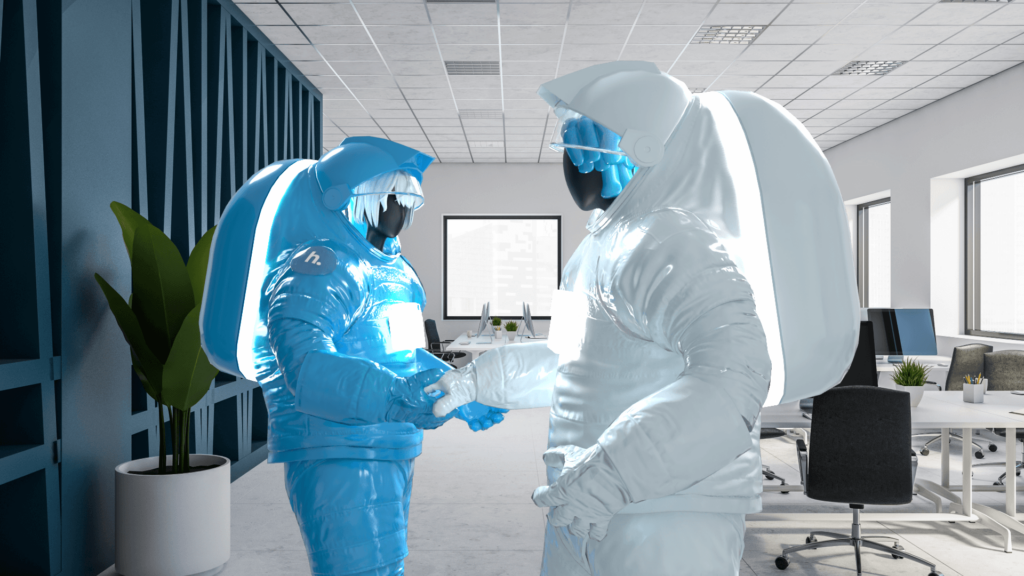I think one of the biggest challenges in modern business is our need to be more human. The world has changed, and we may have to change with it (I mean, shouldn’t we?). We’re living in a time where technology is changing faster than ever before—but it seems like humans aren’t quite keeping up. In this story, let’s explore how systems thinking and design thinking can help us bridge that gap between what’s possible digitally and our natural human capabilities as problem solvers.
Design Thinking – Aspiring to be Truly Human
The Design Thinking approach is an iterative process that focuses on the customer and their needs. It is a human-centered approach to innovation, taking into consideration all perspectives of people who use a product or service.
This means that designers don’t just design something like it looks; they also consider how users will interact with what they’re making. This can be as simple as asking yourself: “What would I do?” Or more complex like asking: “How can we make this easier for our users.”
Systems Thinking – Contextualizing Complexities of Reality
Systems thinking is a way of thinking that helps us understand the world as a complex system. The idea behind systems thinking is simple: we need to look at things in their context and see how they work together, rather than just one thing on its own. For example, if you’re designing an app, you might need to think about how the app will be used by different types of people with different needs or goals (e.g., someone who wants to learn languages while traveling abroad).
Systems Thinking also helps us identify opportunities for improvement or change because it makes it easier for us to see patterns across multiple dimensions (such as time and space). It’s important not only because it improves our ability when making decisions but also because this type of thinking helps us build trusting relationships with others within your organization or community—and who knows what kind of impact this could have?
Being Lean and Agile for Sustainability and Adaptability
In lean and agile, you are optimizing resources. By optimizing your team’s time, you can be more efficient in delivering value to your clients. You need to know what the next step is for the project, but you don’t always know what it will be until you get there.
In today’s world of digital transformation projects where everything is changing at an alarming rate (even within a single company), being able to adapt quickly becomes even more important than ever before.
Where Digital Transformation’s Going. AI, ML, Blockchain, and Beyond.
AI and ML are the future of Digital Transformation. They are used to improve business processes, increase productivity and improve customer experience. To stay relevant in an ever-changing market you need to be able to use them quickly and effectively.
To do this we need to understand how they work and how they can be used safely. The first step is understanding what AI/ML is; it’s not something that exists out there on its own so we need to understand why we want it here instead of just looking at it as a tool or technology which could help us achieve our goals (which may not necessarily be aligned with yours).
Industry 4.0 is Here (Yesterday)
You might be wondering what the fourth industrial revolution is all about. Well, the answer lies in digital transformation and AI and ML. In fact, it’s no longer just about technology anymore. It’s also about a sustainable future and human agency. The fourth industrial revolution is driven by user experience design (UX/ID) which means that we need to think holistically about how people interact with products or services, rather than focusing on just functionality or functionality alone.
The concept of UX/ID is not new; however we have never had such access to data like we have today so now more than ever before there should be a focus on creating engaging experiences for both users as well as for developers who are trying to build better products based on these insights into human nature.
The Mix of Design Thinking and Systems Thinking may provide a more realistic approach to Digital Transformation projects.
In the world of digital transformation, there are many different approaches to problem-solving. Design Thinking is one approach that has been used for decades and was developed by IDEO back in the 1980s. It’s based on the idea that humans are inherently creative and can understand complex problems simply through their own experience. Systems Thinking, on the other hand, is more contextualized because it focuses on how systems interact with each other in order to create value for users.
The idea here is that you need both types of thinking when you’re trying to solve a problem or make an improvement for your company or organization—and it doesn’t matter which one you start with!
We hope this article has made sense and was somehow helpful for us to better understand the value of design thinking and systems thinking in the context of digital transformation. We have also highlighted that approaches need to be mixed together to create something possibly unique to each project’s needs. And most importantly, we are really excited to try these out on our own projects and see if the combination will work well. See you, humans!


